Since its initiation in 2002, the Campus Exhibition, which this year extends from the POSTCITY to the University of Arts Linz and the Salzamt, has been an integral part of the Ars Electronica Festival. Created by Prof. Reinhard Kannonier (University of Arts Linz) and Gerfried Stocker (Ars Electronica), this cooperative project between the University of Arts Linz and Ars Electronica represents an innovative instrument for visualizing various educational concepts in artistic and creative fields. The focus lies on cooperation with international universities working in the academic fields of media art and design. Furthermore, it is within the vision of the Campus to provide international visibility to young and local artists and their works by presenting them during the festival.
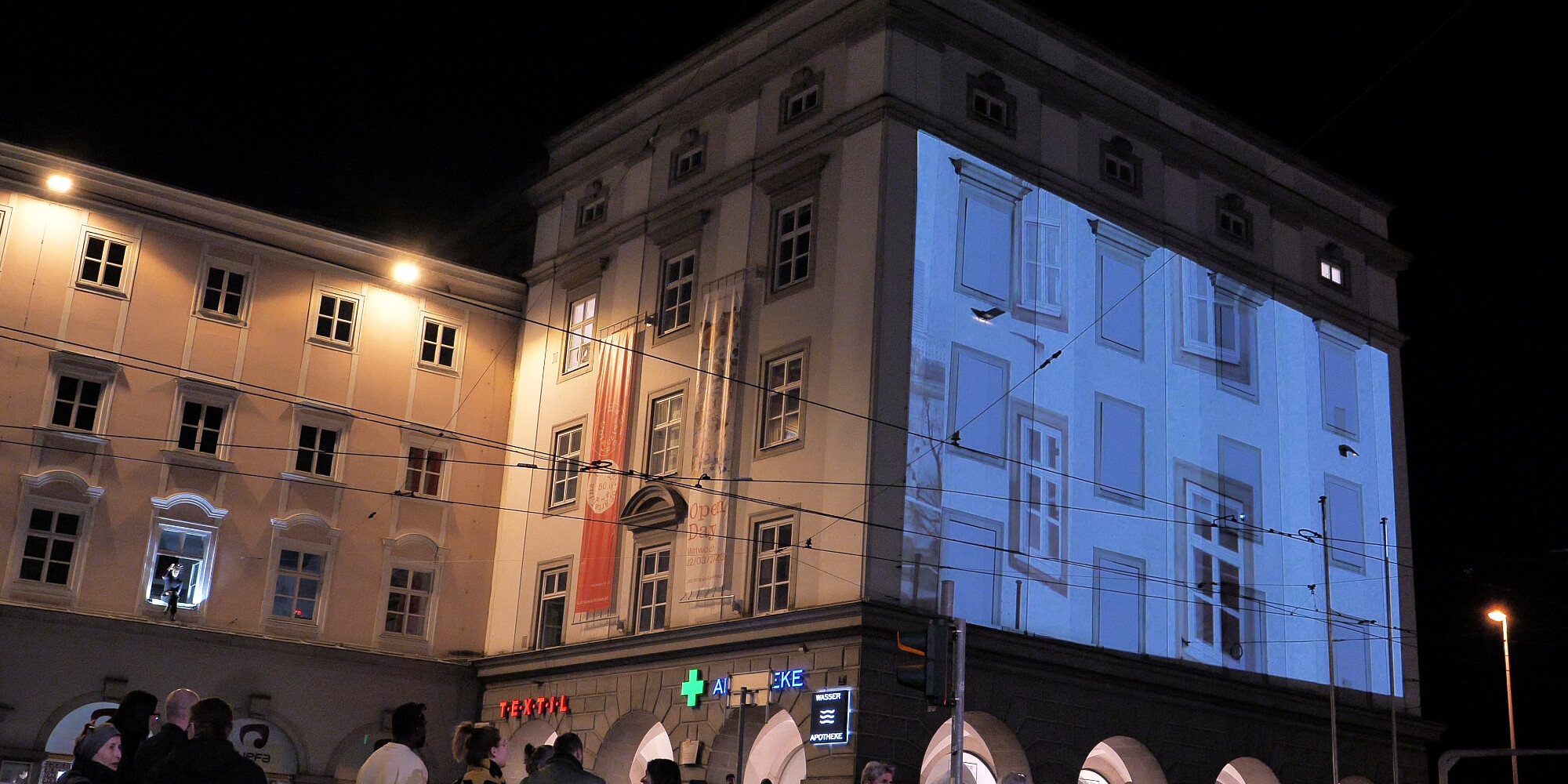
This year, the University of Arts Linz is once again opening its doors and celebrating its 50th anniversary with a special theme – not only for the festival, but for the entire anniversary year. radical collectives – this is the University of Arts Linz’s answer to the festival question Who owns the truth?. The collective is brought into focus, whereby above all its activist potential is to be questioned and tested. The theme stands metaphorically for the fact that in the search for truth one encounters a diversity of people, a diversity of opinions – emphasizing negotiation and jointly discussed content rather than the individual. This does not mean that in the end everyone must have the same opinion. Rather, it seems obvious that the many challenges we face today and in the future can only be understood in their diversity and addressed through a collective approach to resources, knowledge and skills. The University of Arts Linz seeks to explore the idea of collectives as well as radicality in terms of their constructive rather than destructive power.
The results of the students’ exploration of the themes addressed and their confrontation with contemporary problems will be on display during the Ars Electronica Festival 2023 at the University of Arts Linz. The thematic focus of this year’s festival is truth and property. The concept of property in relation to intellectual and spiritual work seems to be especially relevant for artists. Thus, among other things, pieces on AI-generated art such as the work creative differences can be found among the exhibits. But also themes like surveillance, love, conflict and oppression are represented in the Campus Exhibition. For example, the video contribution Someday you will understand tells of discrimination in the context of the LGBTQ community, the dance performance LEKANI addresses the topic of surveillance, and the dating app bot or not explores relationships between humans and machines.

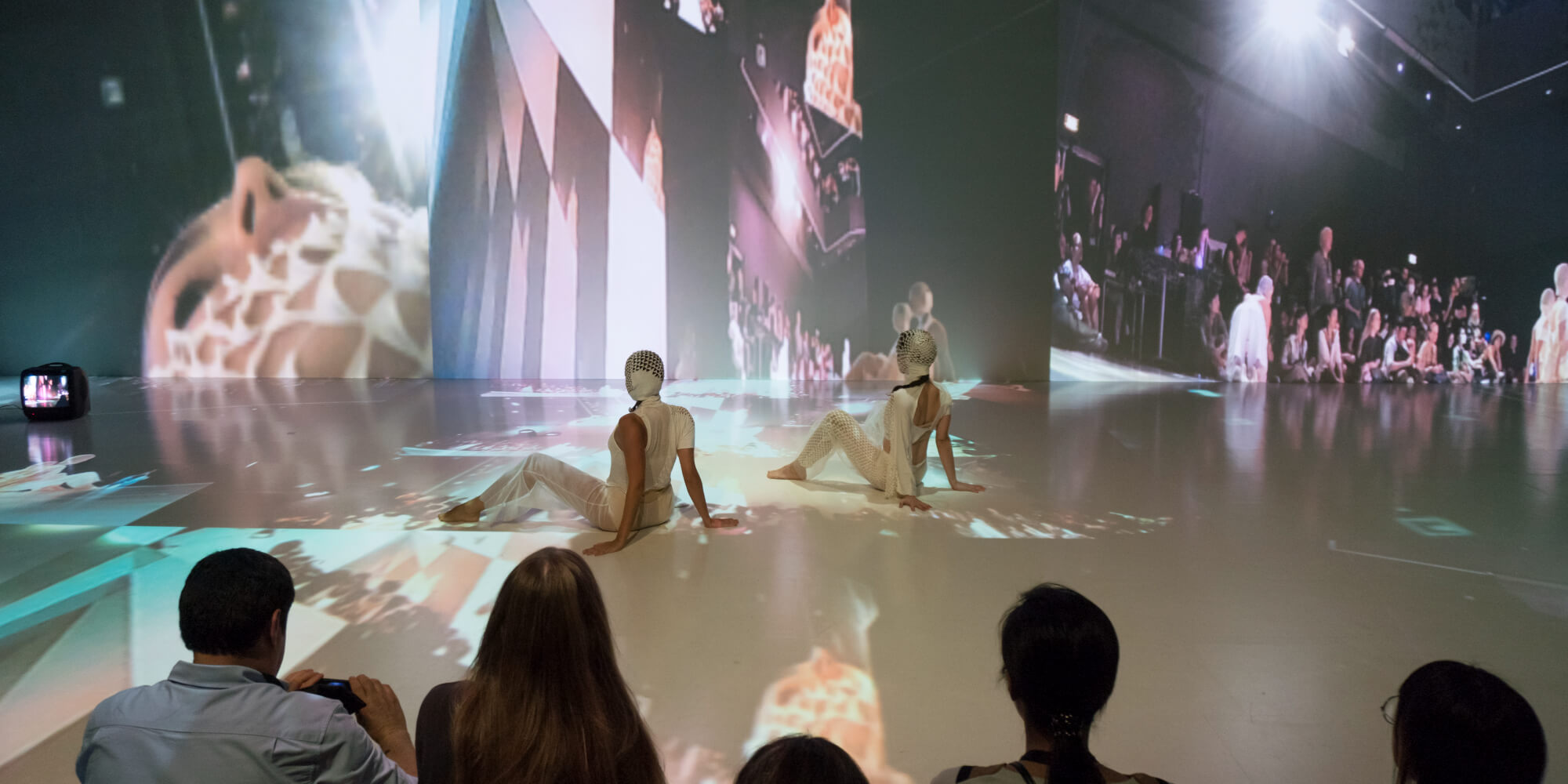
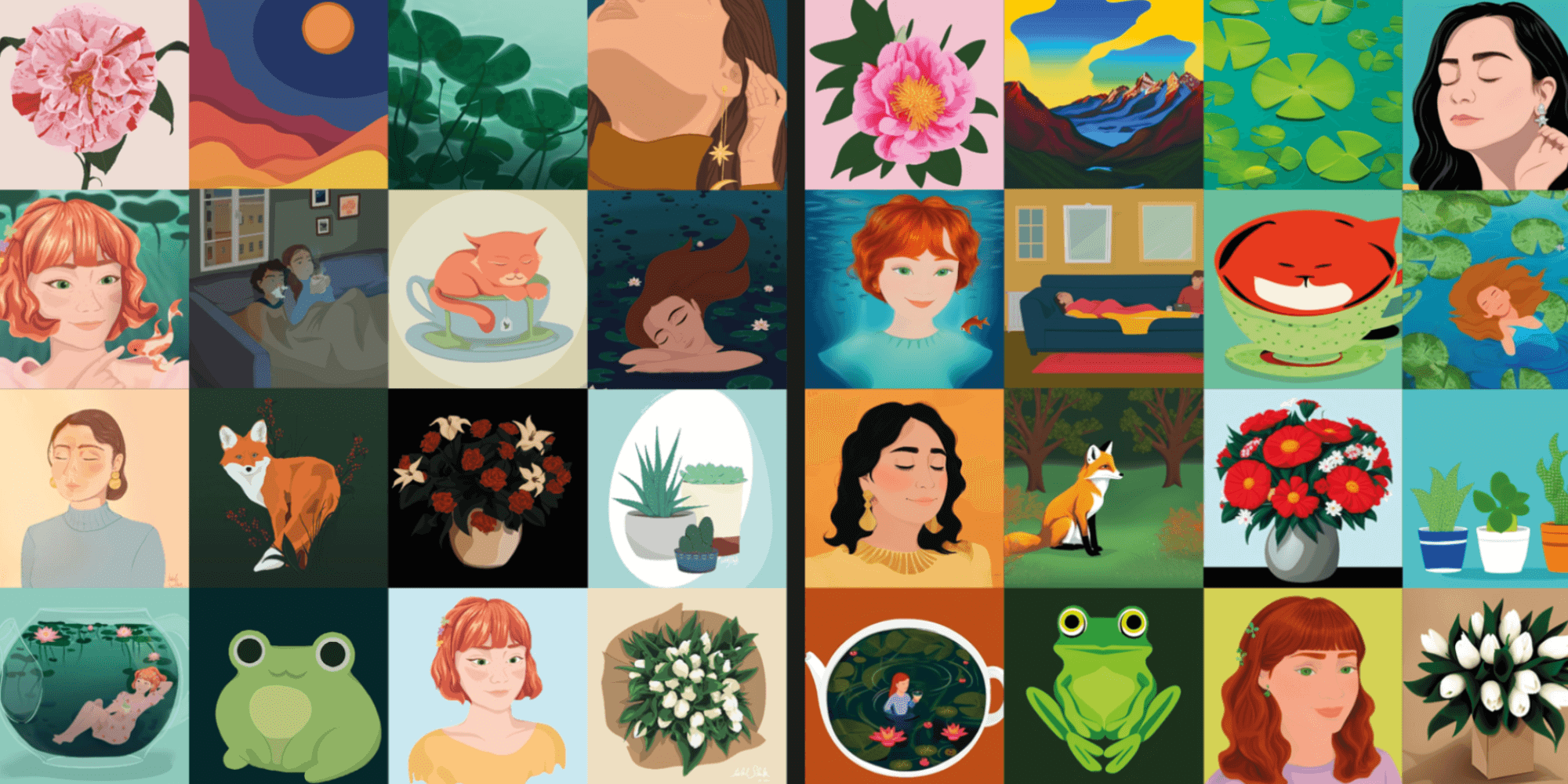
But the campus of the University of Arts Linz – as already mentioned – is not only home to the art of students studying in Linz. In 2023, there will be a special focus on the cooperation with the partner university in Taiwan, the Taipei National University of the Arts. The sub-theme of this university’s exhibition is Epicentrum and thus fits in perfectly not only with the anniversary motto of the University of Arts Linz but also with that of the entire festival. In the context of Taiwan as an epicenter in the midst of a tense global situation, as well as geologically at the intersection of two tectonic plates, their exhibition reveals how organic and inorganic matter are interwoven and set in motion. One of many projects is Colourless Spectrum, which takes you on a journey through artificially created images. Cyperiver, another project, attempts to map the “give” and “take” of social media, and Raw ⇆ Ripened ⇆ Happiness aims to clarify the colonial viewing system.

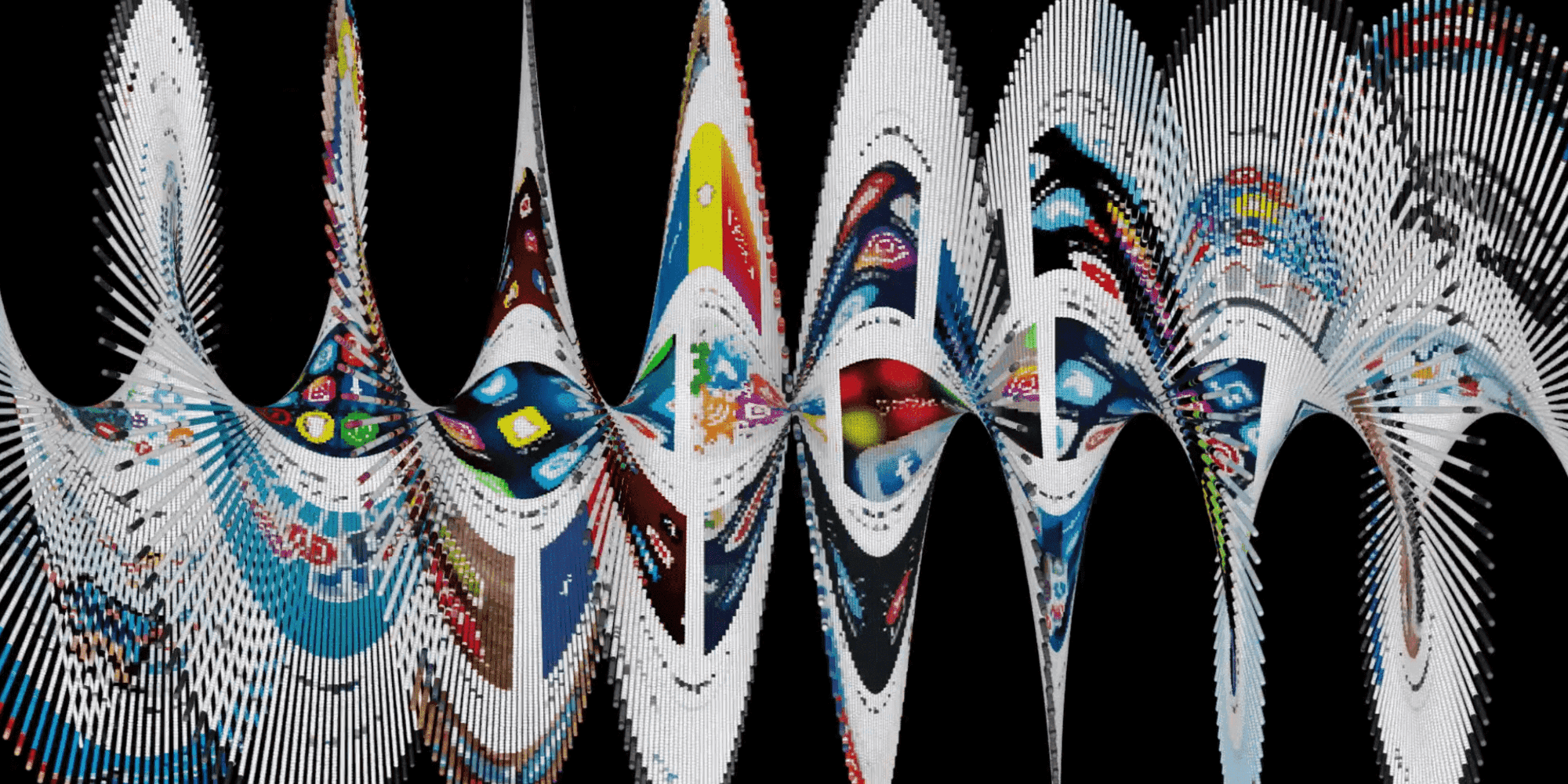
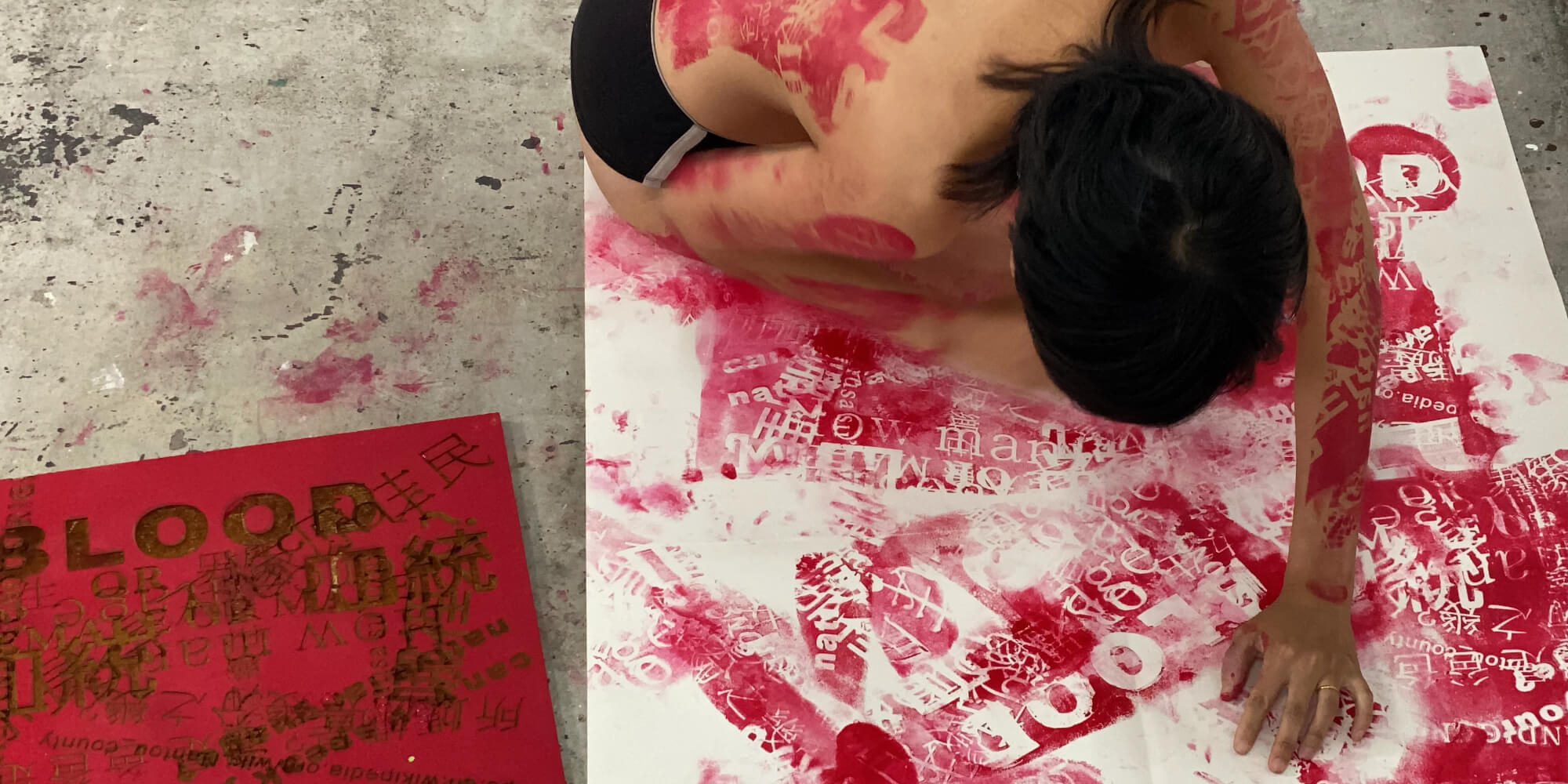
The University of Arts Linz is also represented in the POSTCITY – with the Interface Cultures exhibition, which, as in previous years, is created by the students of the course with the same name. Under the motto Resonating Selves, the exhibition deals with our interaction with the world – both real and digital – and the clash between subjective and objective reality. Here, with @theorchid_beauty, you can view a plant that only survives through likes, question established categorization models with Unlearning Gender, or experience the simulation of a post-cyberdelic experience through VR glasses with 999.
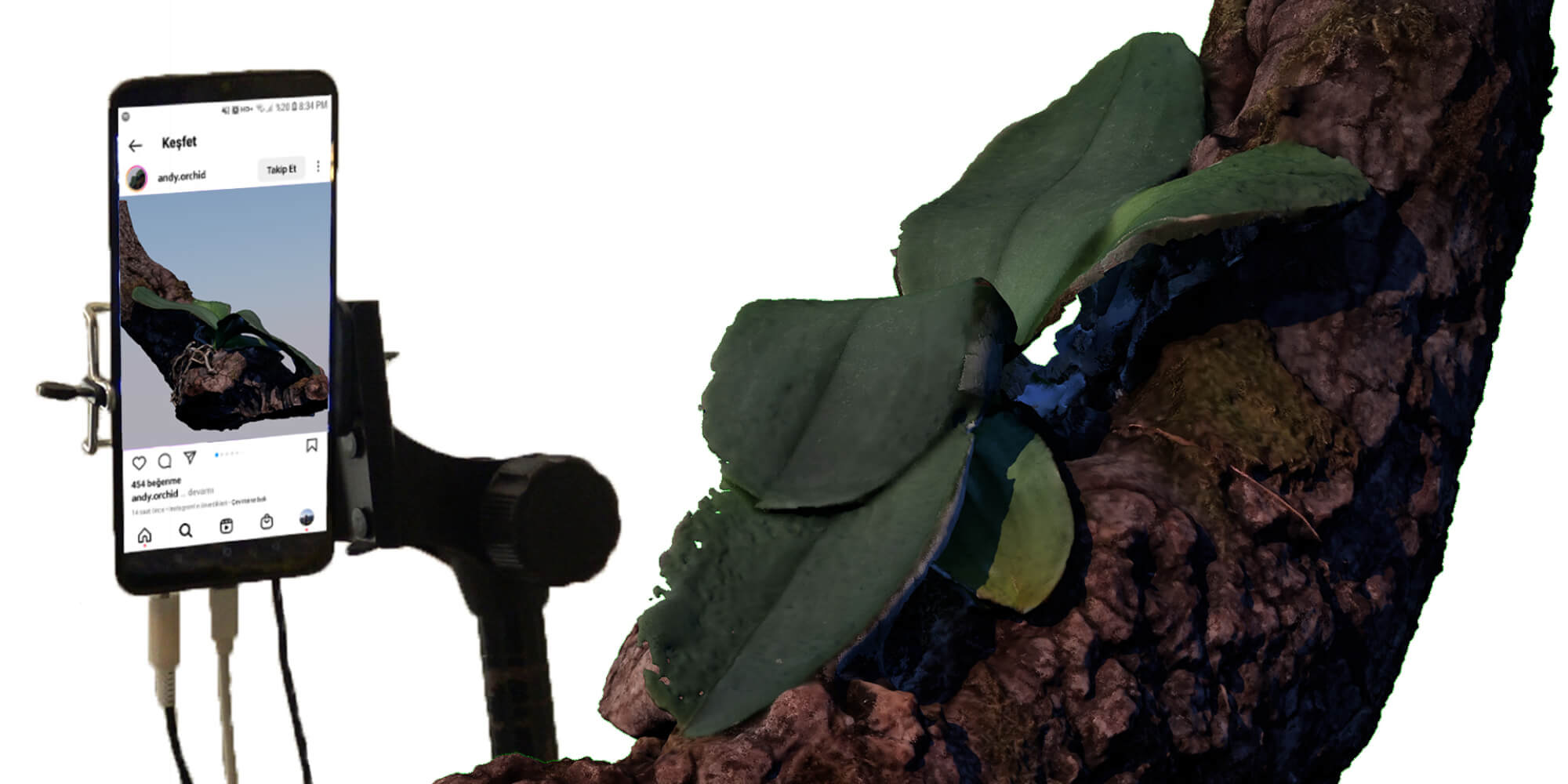


At the Salzamt during the Ars Electronica Festival, you’ll find contributions from another partner university: the Nanyang Technological University, Singapore (NTU) (SG). The exhibition, subtitled The New Aesthetic of AI in Artistic Practice, shows how AI can foster creativity and change the way we create and experience art. 3 x 1 = 1 features AI-generated imaginary friends based on childhood memories and thus aims to invite us to reflect on our own childhood experiences. A.I. Grotto, on the other hand, explores the relationship of AI-generated art, artisanal spirit and historical sites by transforming contemporary news and photographs into the Dunhuang style.
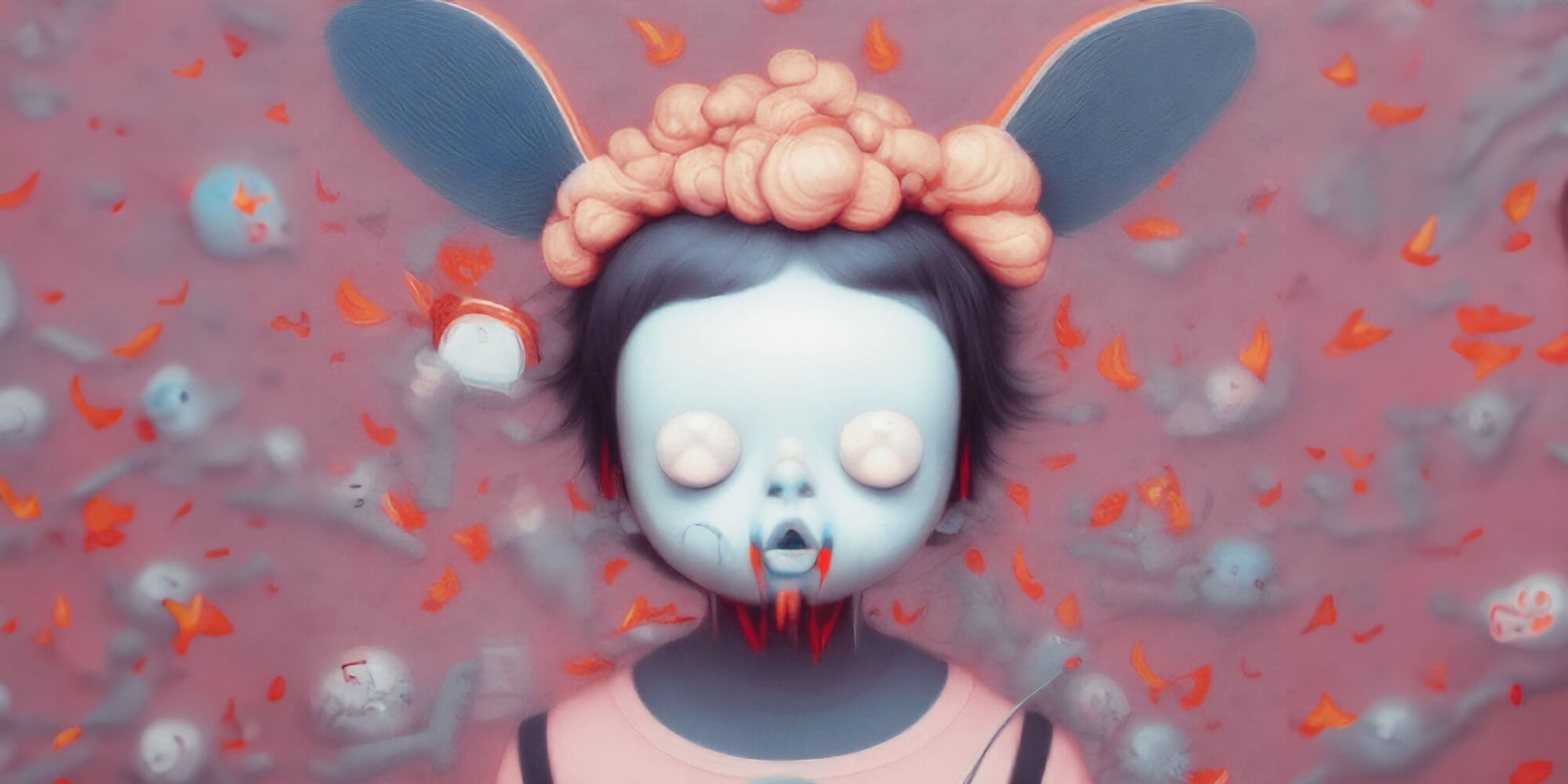
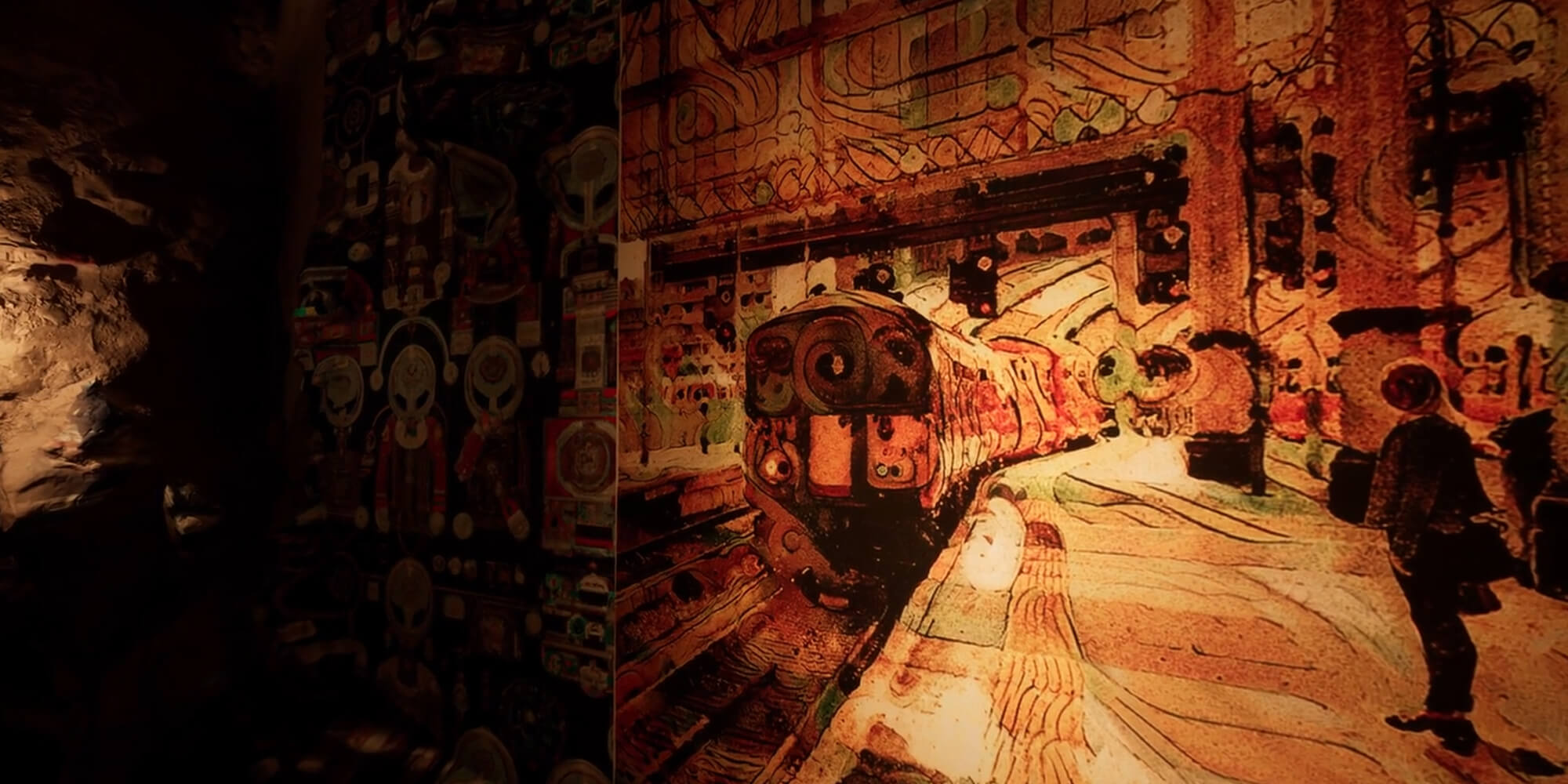

However, these are not the only partner universities whose contributions can be found in de POSTCITY, the University of Arts Linz, as well as in the Salzamt. One of various other contributions is the ASTER project of the Universidad de Sevilla. The works are intended to explore the creation of knowledge and meaning through the interplay of art and technology, emphasizing the need to consider different points of view. The focus lies on two core areas: Environment and Artificial Intelligence. For example, 20 Times True highlights the potential of AI to disrupt the traditional notion of ownership, while Rigor Plastic 2 emphasizes the importance of circular economy and bioplastics.
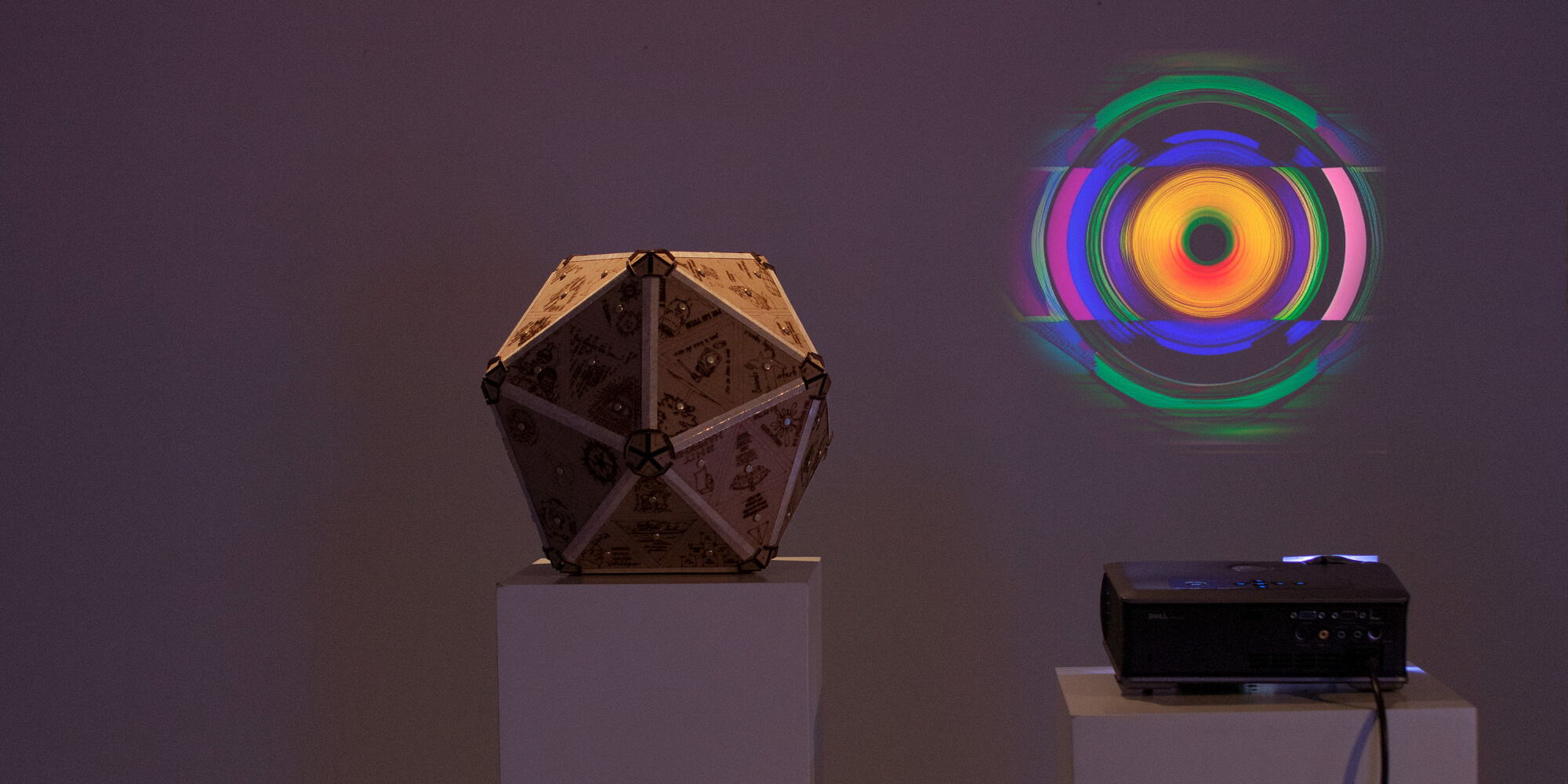

A total of 56 international universities working in the academic fields of media art and design are part of the Ars Electronica Festival 2023. The institutions represented are: The American University of Sharjah (AE); the Anton Bruckner Private University Linz (AT); the Babeș-Bolyai University, Faculty of Theater and Film (RO); the Bauhaus University Weimar (DE); the College For Creative Studies Detroit (US); the Concordia University (CA); Design for Performance and Interaction, The Bartlett School of Architecture, University College London (GB); the ECAL/University of Art and Design Lausanne, Bachelor Media & Interaction Design (CH); the École de technologie supérieure (CA); the Hexagram (CA); the Human-Computer Interaction Lab, University of Otago (NZ); the HSLU – Lucerne School of Art and Design (CH); the Institutio Media Vilnius (LT); the Korea National University of Art | K-ARTS (KR) with Pohang University of Science and Technology (KR); the London College of Communication, University of the Arts London (GB); the McGill University (CA); the MDW University of Music and Performing Arts Vienna (AT); the University Mozarteum (AT), Musrara, the Naggar School of Art and Society (IL); the National Tsing Hua University (TW); the National University of Theatre and Film “I. L. Caragiale”, Master of Interactive Technologies for Performing and Media Arts (RO); the Nanyang Technological University, Singapore (NTU) (SG); the National University of Tres de Febrero (AR); the New York University Abu Dhabi (AE); the Osaka University of Arts (JP); the Paris 8 University Vincennes – Saint-Denis, Teamed Lab (FR); the Royal College of Art London, School of Communication (GB); the School of the Art Institute of Chicago (US); the ShanghaiTech University (CN); the Sungkyunkwan University South Korea (KR); the Taipei National University of the Arts (TW) ; the Technical Universität Berlin (DE); the Dubai Institute of Design and Innovation (AE); the Hong Kong University of Science and Technology, Guangzhou (CN); the University of Tokyo (JP), the UC Chile (CL); the UMPRUM Academy of Arts, Architecture and Design in Prague (CZ); the Universidad Austral de Chile (CL); the Universidad de Chile (CL); the Université de Montréal (CA); the Universidad de Santiago de Chile (CL); the Université du Québec à Chicoutimi (CA); the Université du Québec à Montréal (CA); the Université du Québec en Abitibi-Témiscamingue (CA); Université Laval (CA); the University of Applied Science Berlin, School of Culture and Design, Department of Communication Design (DE); the University of the Arts Bremen, Digital Media Program (DE); the Berlin University of the ARts (DE); the University of Arts Linz (AT); the University of Chicago, Actuated Experience Lab – AxLab (US); the Universität für Weiterbildung Krems (AT); the University of Nova Gorica School of Arts (SI); the University of Seville (ES); the University Research School ArTeC (FR); the Virginia Commonwealth University, School of the Arts in Qatar (QA) and Virginia Tech (US).
The Campus Exhibition is part of the program of the Ars Electronica Festival 2023. You can finde the festival highlights here and Details will be published online soon.
